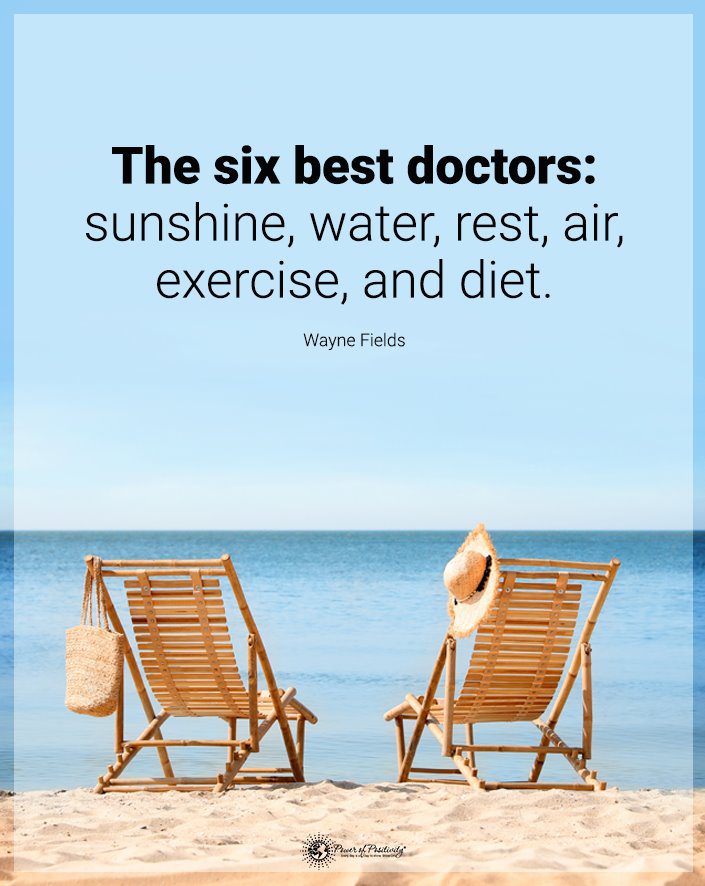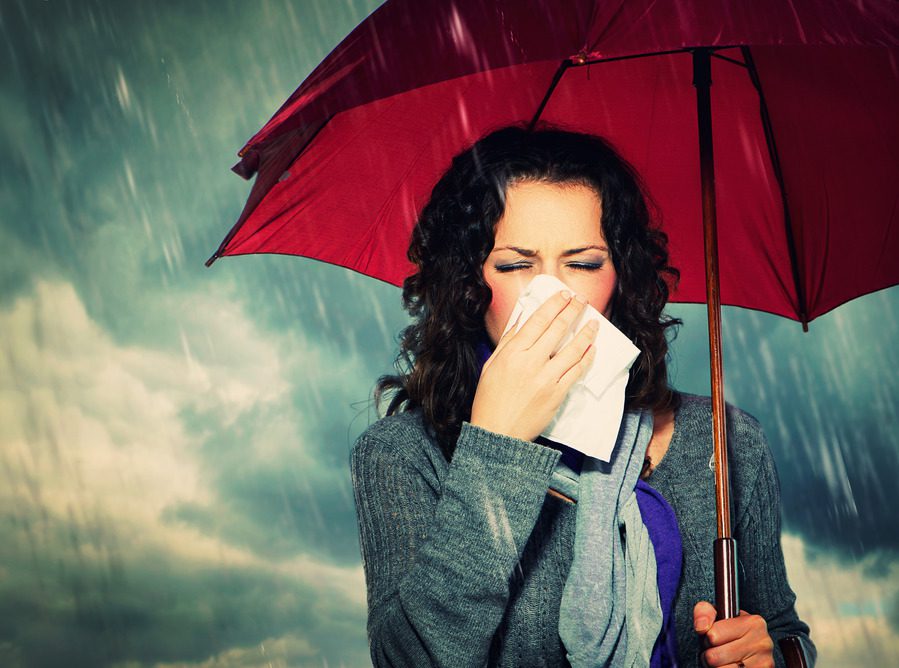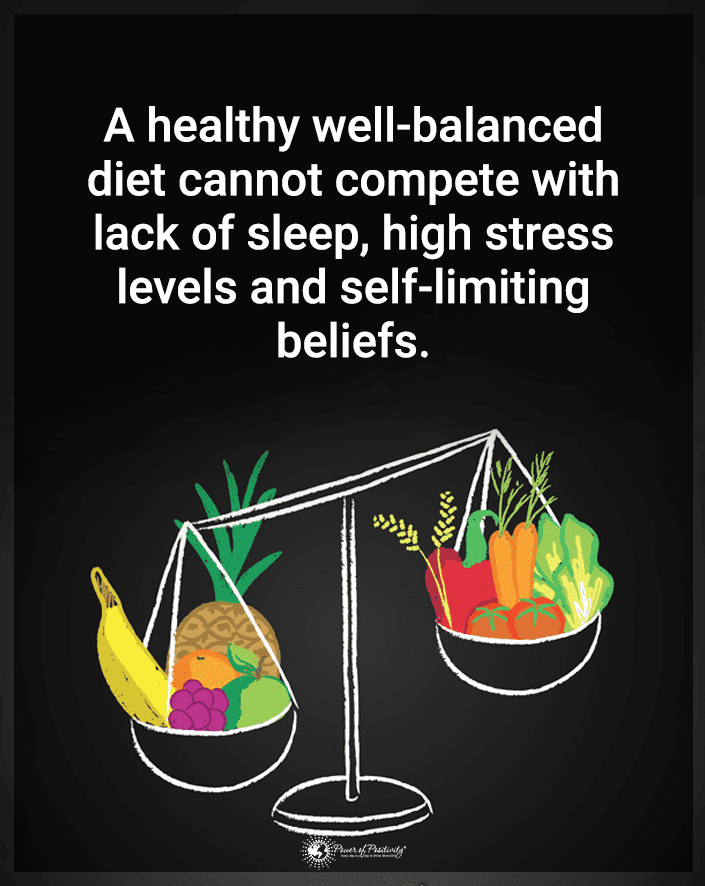Swollen legs – edema or water retention – can cause concern for many people. If you’re unsure what’s causing it, you have every reason to be concerned about the underlying cause. The good news is that modern research has shown us exactly what causes this to happen. Armed with this information, you can ease the problem.
Here is how science explains what causes swollen legs, and how to get rid of it!
“If people see any redness, blistering or swelling in the legs, especially if it is getting worse, they definitely need to see their doctor.” – Dr. Leslie Gilbert
Here Are 9 Underlying Causes of Swollen Legs and How to Fix Them
It’s important to note that leg swelling can be a symptom of various underlying conditions, and a proper diagnosis from a healthcare professional is necessary for effective management. Treatment options may include lifestyle modifications, medications, compression stockings, or addressing the underlying cause.

1. Lack of activity can contribute to swelling of the legs
Most swelling issues are caused by minor circulation problems when you don’t move around enough, causing the lower extremities to retain water and experience fluid buildup. If you spend most of your day sitting in an office chair or spend most of your free time sitting in front of a TV, then your swelling legs could be your body’s way of saying, “We need to get moving!”
What’s the best way to fight this problem? It’s pretty simple – get some more exercise! You don’t have to go all out at the gym or join a yoga or CrossFit class, though, unless you want to. Just set aside at least thirty minutes daily to do light walking. You’d be surprised by the wonders that just a little physical activity can do for the body! Really exhausted and can’t stomach the idea of exercise right now? Try elevating your feet and legs above your heart level while you lie down to reduce swelling.
2. Blood clots may cause leg swelling
Blood clots in the legs are less serious than they sound in most cases – though they can be dangerous if left untreated – and are medically referred to as venous insufficiency. The chances of developing blood clots increase with age and often occur in women who have been pregnant.
What happens is that the vein walls inside the legs begin to lose their strength, causing one-way valves leading to the heart to face damage. This causes the veins in the legs to fill with blood, even more so if you’ve been standing for a long time.
Regularly keeping the legs elevated while you sit, lie down, and sleep can bring down swelling caused by this problem and stop the situation from becoming exacerbated. You can also purchase support stockings, but make sure they aren’t tight enough to cause marks. If you really need them, you can also opt for prescription compression stockings; speak to a doctor or physician for options.
3. A bad diet causes swollen legs
Malnutrition is one of the leading causes of seemingly random leg swelling, causing unwanted fluid retention in the extremities in severe cases. This can also happen if you consume too much salt with your food, especially since too much sodium causes the body to retain water.
The best way to solve edema caused by an unhealthy diet is to start eating healthier! If you think your diet is fine and aren’t sure what is causing the issue, try keeping a food diary. Also note the occurrence of your swelling so you can compare it to what you’re eating. You might find a surprising link between your swollen legs and a particular meal!
4. PMS or pregnancy contributes to swollen legs
Many people with periods may experience swelling and bloating around the week before their period, known as the cycle’s PMS (or premenstrual syndrome) phase. It’s not uncommon at all for those who are experiencing PMS to have swollen legs. This problem also occurs in those who are pregnant. Of course, PMS and pregnancy are two very different things, but we’re lumping them together here because they have a similar remedy!
A little-known positive remedy is the consumption of warm parsley tea. To make this refreshing beverage, finely chop the leaves and roots of parsley, then place about ¼ cup of these chopped components into an infusion basket. Submerge this inside a teapot with boiled water or pour hot water over the parsley. Allow to infuse for five to seven minutes, then take out the infusion basket and strain the drink. You can add lemon, ginger, or even honey to taste.

5. Kidney or liver issues contribute to the swelling
Pitting edema is a kind of water retention that affects not just the legs, but the face and hands as well. This sort of edema is a result of either liver or kidney troubles. Symptoms are often worst when you wake up first thing in the morning. This is quite a serious and potentially dangerous issue. It can cause protein from the blood to leak into the urine and reduce the overall protein in your body, which then causes fluid buildup. If you suspect that your edema and swollen legs are caused by kidney or liver issues, you’ll want to see a doctor as soon as possible. This can cause further complications in the future if not properly looked at.
6. Heart issues may lead to swollen legs
If you have been facing heart troubles or have experienced similar concerns, this can be the cause behind your swelling legs. This is because the heart might lack the strength necessary to pump the blood needed around your entire system, and your legs – being extremities – will suffer the most from this. The condition is called generalized edema and means your legs are experiencing water retention. If you are experiencing shortness of breath while lying down flat or after minimal exercise, your heart may be suffering. In this case, once again, your best option will be to head to the doctor’s and have some tests done. Your doctor can suggest plenty of very effective and simple treatments to help.
7. Lymphatic system issues cause fluid retention
Problems with the lymphatic system, which drains fluid from tissues, can result in swollen legs. Conditions such as lymphedema or damage to lymph nodes can impair the proper flow of lymphatic fluid and lead to fluid buildup in the legs.
Managing swelling due to lymphatic system problems involves a comprehensive approach. This may include manual lymphatic drainage techniques, wearing compression garments to improve lymphatic flow, practicing exercises that promote lymphatic circulation, and following a healthy diet to support overall lymphatic health.
8. Medications may cause swollen legs
Certain medications, such as those used to treat high blood pressure (calcium channel blockers), nonsteroidal anti-inflammatory drugs (NSAIDs), or hormone therapies, can cause leg swelling as a side effect. If you suspect your medication contributes to the swelling, consult your healthcare provider for alternative options.
9. Infections in the legs
Infections in the legs, such as cellulitis or deep vein thrombosis (DVT), can cause swelling. Cellulitis is a bacterial infection. It affects the skin and tissues beneath it, while DVT is a blood clot that forms in a deep vein. Both conditions require medical attention and treatment to resolve the underlying infection and reduce swelling. Seek prompt medical attention.
Final Thoughts on Swollen Legs…and Healing Them
Swollen legs can seem scary, but not all cases represent a serious medical concern. In fact, most of the causes behind swollen legs can be easily treated on your own at home. That said, swollen legs can cause pain and discomfort that disrupts focus, positive thinking, and can even lead to other minor medical problems. Try to follow the advice above, and you should be able to get rid of your swelling issues quickly.













